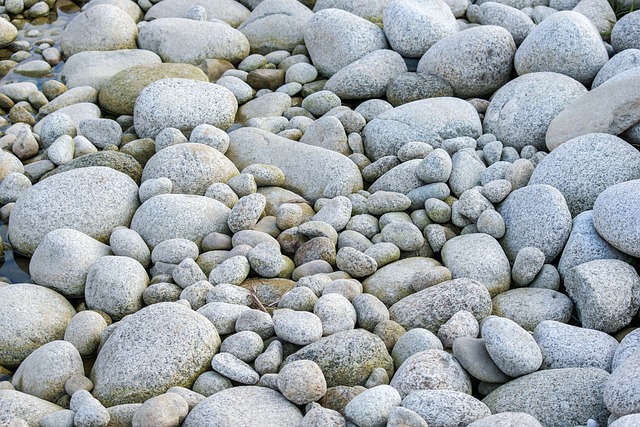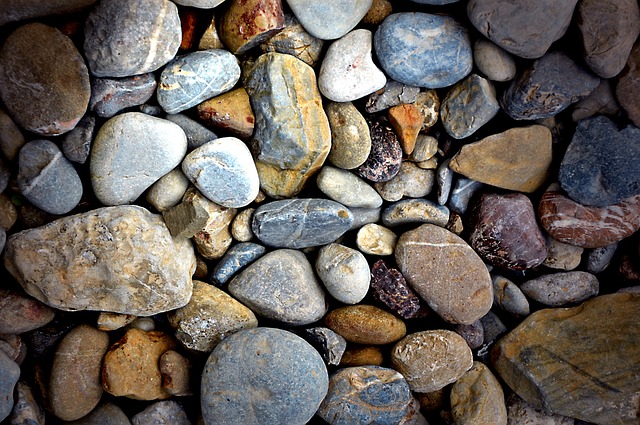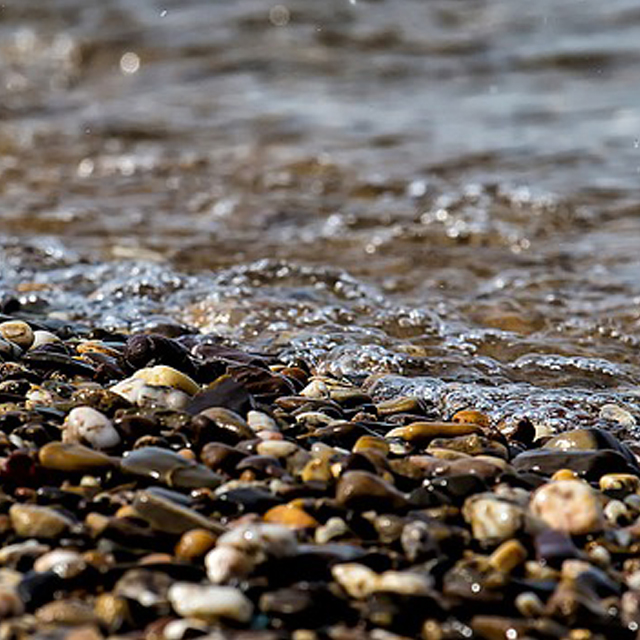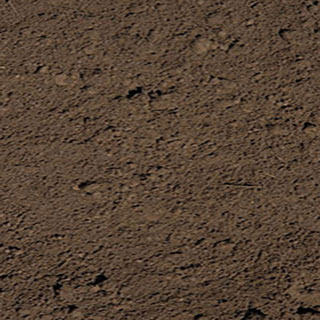Left Sidebar
Lorem ipsum dolor sit amet consectetur et sed adipiscing elit dolor neque semper magna lorem ipsum.

Landscape gravel can be a visually aesthetic and ties together your entire landscape. The variety in texture enhances the landscape’s appeal, and there’s much to love about the reduced maintenance, water and mowing savings. Is gravel right for your yard? Here are some thoughs from the experts:
A gravel landscape with small bushes has minimal maintenance. You save water which is good for your pocketbook and the environment. You also do not need to buy fertilizers and weed control materials. While gravel ground covers may need occasional maintenance and "filling in", it is not an intensive activity. It's easy on you, your wallet, and of course the environment. To start, you need to ensure a healthy soil structure. Optionally, you can compact your backyard's dirt and lay down landscaping fabric to prevent . Once done, you can add gravel or other rocks/stones. There are many choices for rock based ground covers, from river rock to natural stone to pea gravel to crushed stones.
Gravel is less expensive and can also be used as borders for plants. Rock based ground covers are the most easy and convenient option possible for your yard. Organic ground covers, such as wood mulch, do break down over time but are also a great way to provide color. By comparison gravel ground covers are very low maintenance while enhancing your outdoor space and diversifying your yard's aesthetic textures.
Gravel Durability The hardiness and strength of gravel makes it an ideal option for resistance to wild weather. Storms and periods of extreme heat do not impact the gravel landscaping. Gravel discourages Bugs A common question is, does rock landscaping attract bugs? Such bug problems are actually more common with wood mulch, since bugs often can't find a place to live or get food amongst the volcanic rock or other landscaping rocks used in gravel. In fact, gravel discourages bugs, protecting your plants if you choose to surround them with gravel. This helps your plants grow strong, especially with the extra protection of landscape fabric under your gravel. In fact, gravel can even act as a weed control, if deep enough and with the help of the aforementioned landscape fabric. Bug on a gravel landscape Drawbacks to Ground Cover Rocks Gravel Can Increase Heat One downside of gravel is that the bright sun and warm climate leads to rocky exposed surfaces (AKA, rock ground cover) absorbing and retaining heat during the day, which can make your yard and house hot, or at least a bit warmer. Gravel Can Sink Into Soil Gravel doesn't decay like organic mulch, but it can still sink into the dirt-- and sink deep. This also produces rocky soil if you want to grow plants in the area later on. This can be prevented with, yet again, landscape fabric. The synthetic material will prevent rocks from sinking into the soil. Gravel Can Get Pricey Gravel isn't quite as cheap as organic ground covers, unfortunately. As of September 2021, gravel ranges between $10-$50 per ton, which is about $1350 per dump truckload. Depending on the size of your yard, the gravel of your choice may be pricier than you want.



